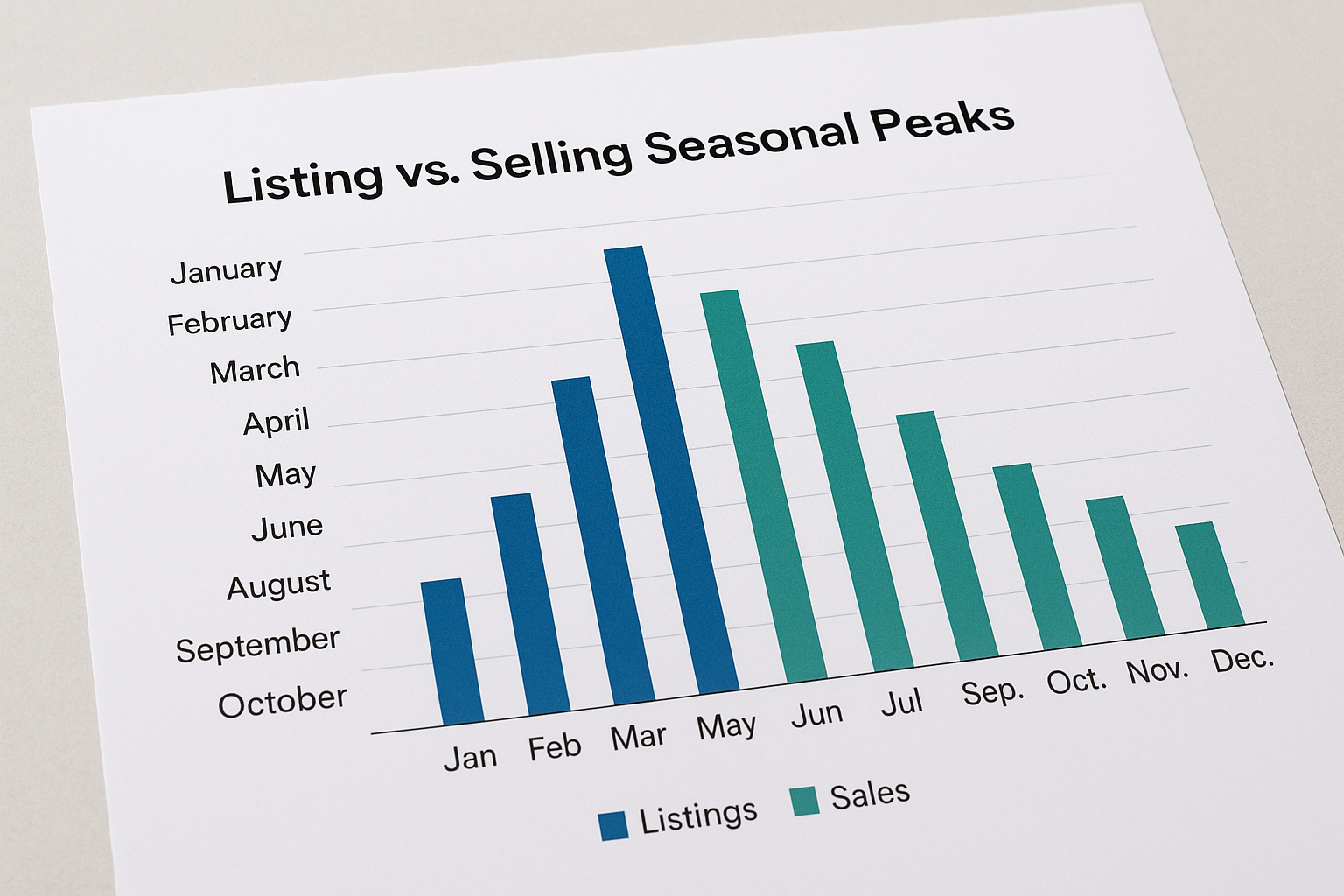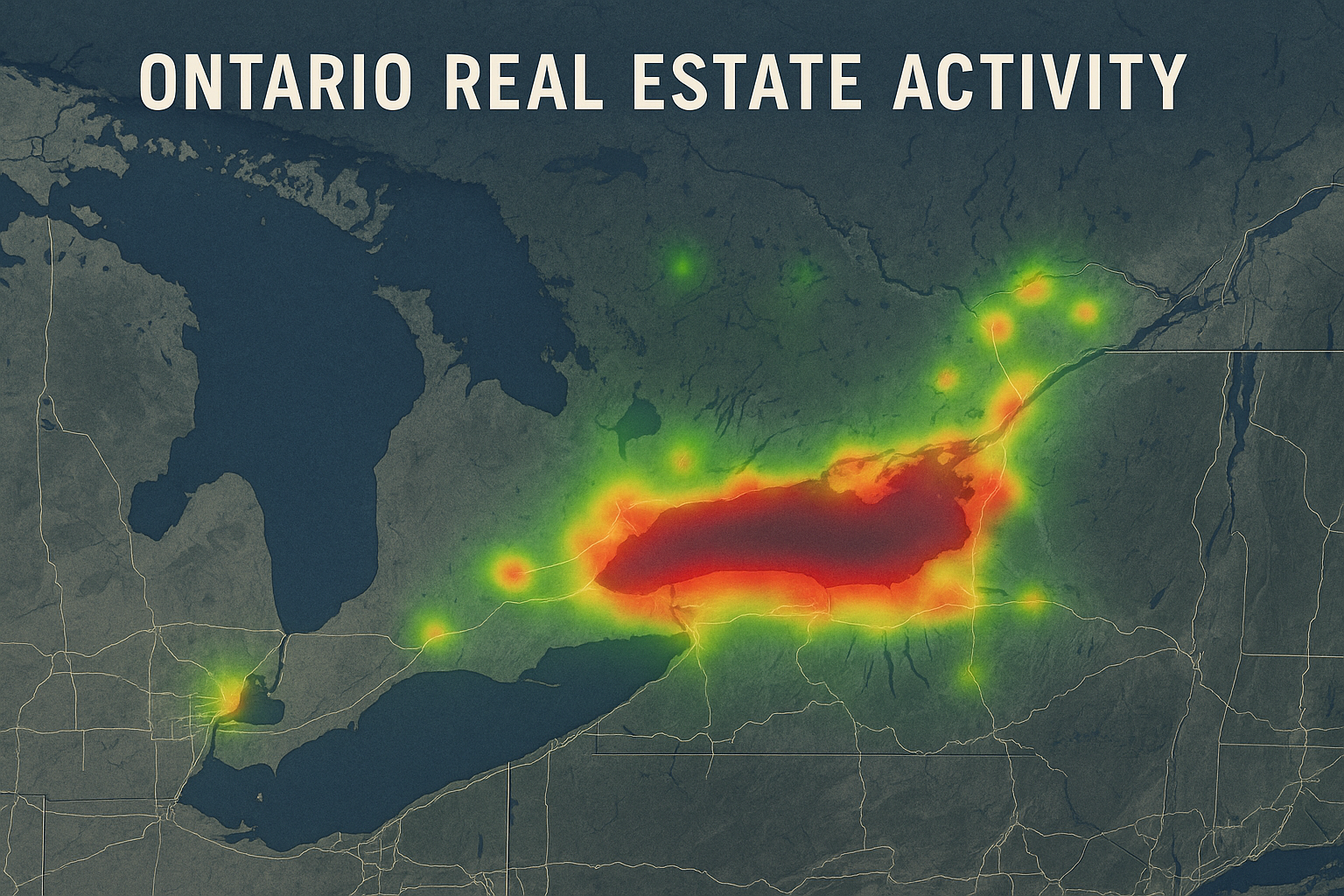Ontario’s real estate market timing plays a crucial role in making smart buying or selling decisions.
Understanding the Ontario Real Estate Market
Ontario is home to a diverse and dynamic real estate market. From bustling urban centers to serene rural settings, the options are plentiful. However, timing is everything when it comes to making the most of this market.
In Ontario, the real estate landscape changes throughout the year. Seasonal fluctuations significantly impact property prices and available inventory.
Seasonal Trends in Real Estate
Real estate activity often peaks in specific seasons. Understanding these trends can help buyers and sellers navigate the market effectively.
- Spring: This is traditionally the busiest time in Ontario’s real estate market. Many buyers begin their searches, and more homes are listed for sale. Families prefer to move before the new school year starts.
- Summer: The market typically experiences a slowdown. Many buyers are on vacation, and sellers might take their homes off the market. This period can provide opportunities for those looking for motivated sellers.
- Fall: Activity picks up again in early fall. Buyers returning from summer breaks often feel a renewed urgency to purchase before winter. This can lead to competitive bidding.
- Winter: The market tends to slow down significantly. However, motivated sellers are often more willing to negotiate, presenting unique opportunities for buyers.

Market Indicators to Consider
When considering Ontario real estate market timing, it’s essential to look at various indicators. These indicators help forecast market trends and can guide your decision-making process.
Economic Factors
The overall economy has a profound impact on real estate conditions. Keep an eye on:
- Interest Rates: When rates are low, borrowing becomes cheaper, encouraging buyers to enter the market. Conversely, rising rates might deter potential buyers.
- Employment Rates: Higher employment rates generally mean more potential buyers in the market. Job growth often drives housing demand.
- Consumer Confidence: This sentiment affects how likely people are to make significant purchases, including homes.

Local Market Conditions
Beyond broader economic indicators, consider local conditions specific to your area. Various factors influence real estate timelines, including:
- Supply and Demand: Areas with low inventory often see higher prices. Conversely, high supply can lead to decreased prices.
- Neighborhood Trends: Research neighborhoods that are experiencing growth or revitalization. These areas often present good investment opportunities.
- Regulatory Changes: Any new legislation can affect market timing. Stay informed about local zoning laws, taxes, and housing policies.
How to Navigate Market Timing for Your Needs
Whether you’re buying or selling, understanding the timing of Ontario’s real estate market can significantly impact your success. Here are a few tips:
For Buyers
- Be Prepared: Get pre-approved for a mortgage. This positions you well to act quickly when the right property becomes available.
- Watch for Off-Season Deals: Consider shopping during winter when competition might be lower.
- Research Thoroughly: Always have an understanding of the neighborhoods you’re interested in. Know the average price trends to spot a good deal.
For Sellers
- List During Peak Seasons: Consider listing in the spring or early fall when demand is higher.
- Enhance Your Home’s Appeal: Invest in minor renovations or staging to make your home more attractive to potential buyers.
- Price Strategically: Research comparable homes to set a competitive price that encourages offers.

Conclusion
Timing in the Ontario real estate market can significantly influence your buying or selling experience. By understanding seasonal trends, economic indicators, and local conditions, you position yourself for success. Always stay informed and be ready to act when the time is right.
Looking to buy or sell this season? Contact Bridge today.




